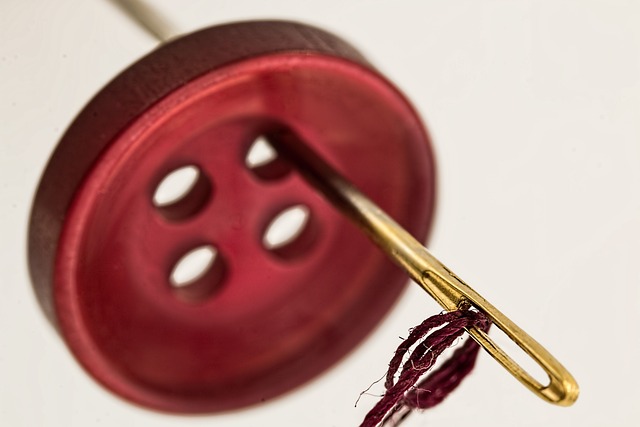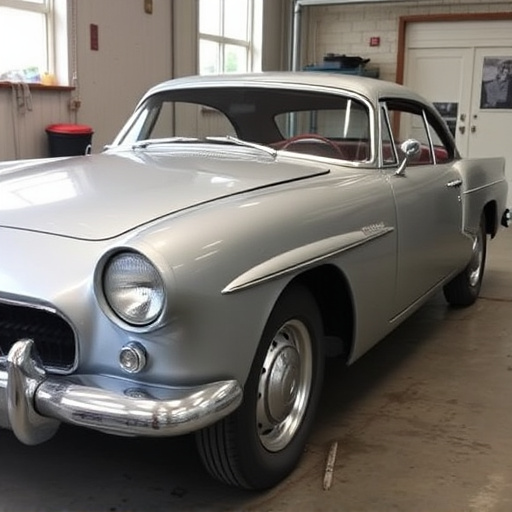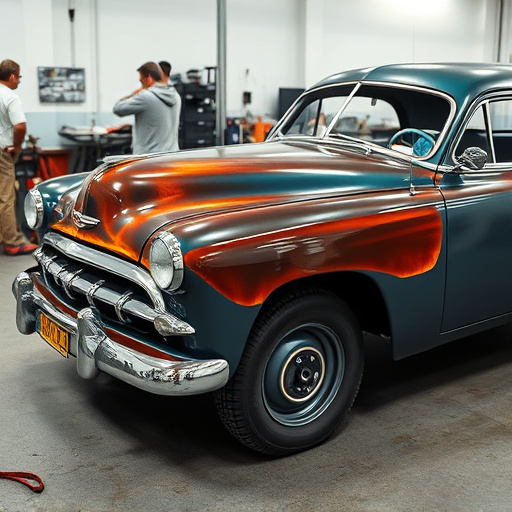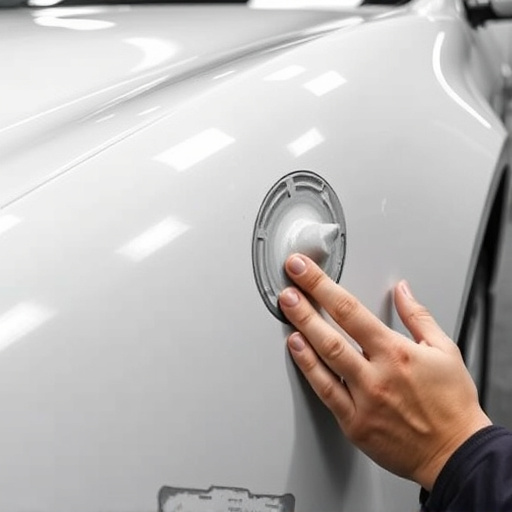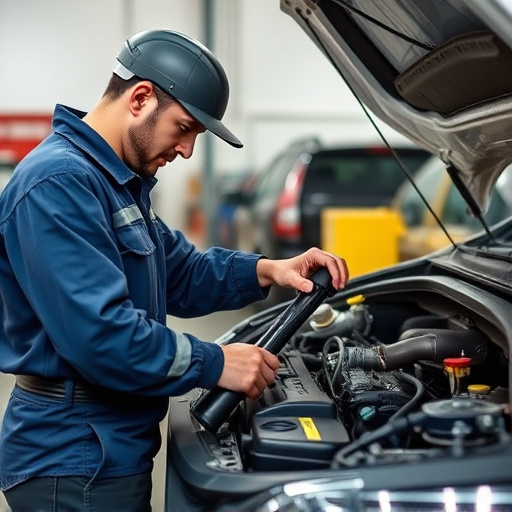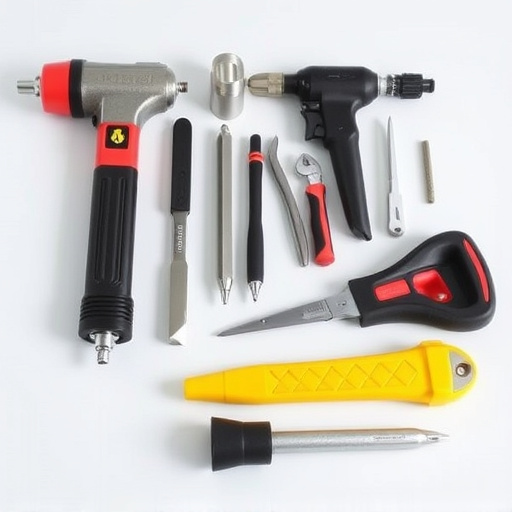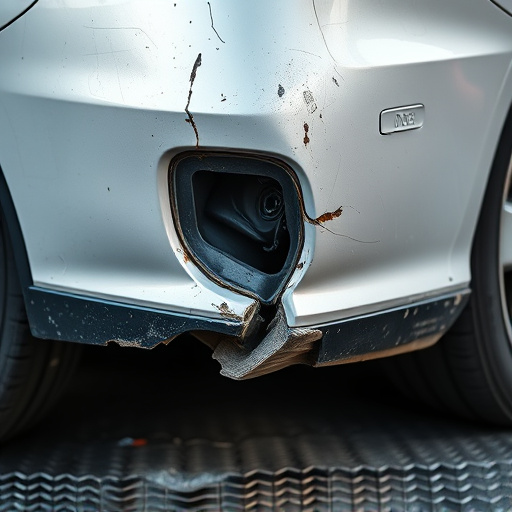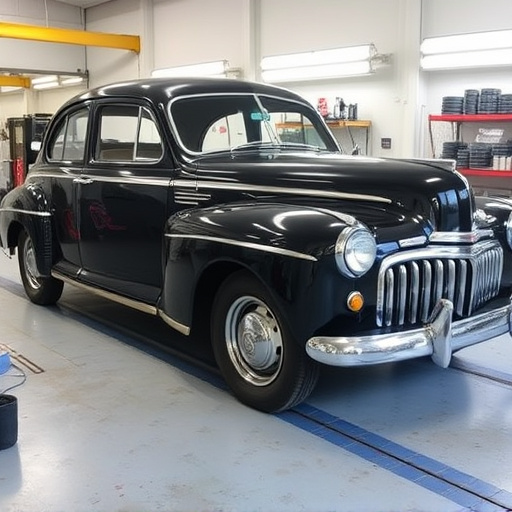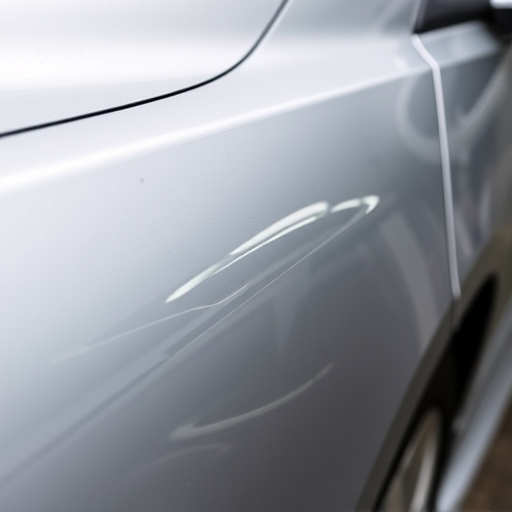Automotive paint types have evolved dramatically, offering improved durability, aesthetics, and environmental friendliness. Modern innovations include UV resistance, superior hiding power, and eco-friendly options with reduced VOCs. Robotic application systems enhance precision and waste reduction. Choosing the right paint type involves understanding base coats for protection and corrosion prevention, as well as pigments for color, reflectivity, and UV protection.
“Unveil the intricate world of automotive paint types and formulations, where science meets aesthetics. From the classic to the cutting-edge, this article offers a comprehensive guide. We explore the historical evolution of traditional automotive paint, highlighting key milestones. Furthermore, we delve into modern innovations that have revolutionized the industry. Understanding the science behind these formulations involves deciphering crucial components and their functions, allowing enthusiasts and professionals alike to appreciate the intricate art of automobile coloration.”
- Traditional Automotive Paint Formulations: A Historical Perspective
- Modern Innovations in Automotive Paint Technology
- Understanding Key Components and Their Functions in Automotive Paints
Traditional Automotive Paint Formulations: A Historical Perspective
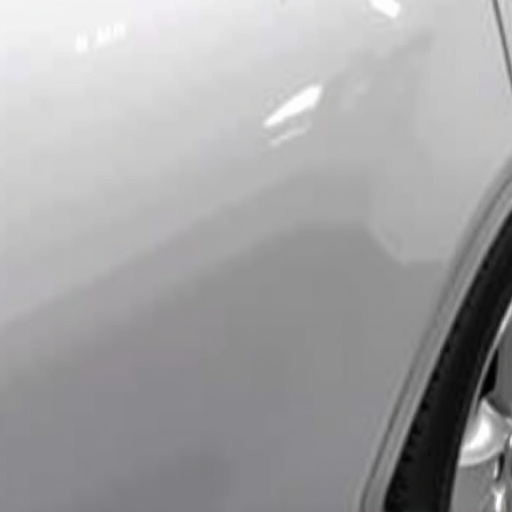
Traditional automotive paint formulations have evolved significantly over time, reflecting advancements in technology and an increasing demand for durability, aesthetics, and environmental friendliness. Historically, early car paints were primarily made from natural resins, pigments, and oils, applied through brushwork. These paints offered limited protection against corrosion and weathering, leading to frequent touch-ups and repaints. The 20th century saw the introduction of synthetic resins like alkyds, which provided better adhesion, durability, and a smoother finish. This marked a significant shift in automotive paint types, making vehicle body repair more efficient and effective.
Further advancements led to the development of polyurethanes and acrylics in the latter half of the 20th century. These modern automotive paint types offer exceptional durability, resistance to UV radiation, and excellent hiding properties. Today, car paint repair techniques leverage these advancements, enabling auto maintenance professionals to restore vehicles to like-new conditions while minimizing repaint needs. The historical perspective highlights how traditional formulations have given way to innovative, high-performance options that cater to modern automotive demands.
Modern Innovations in Automotive Paint Technology
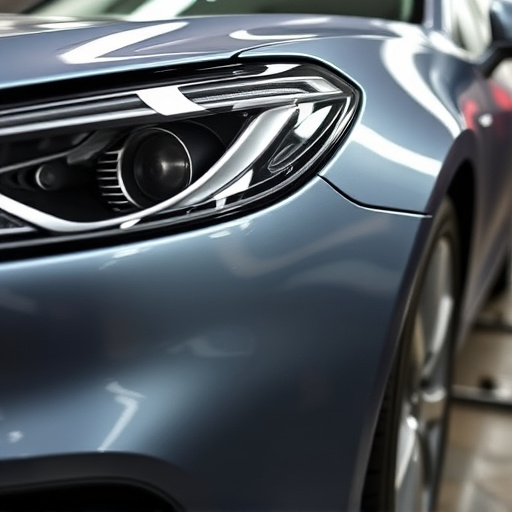
Modern innovations in automotive paint technology have revolutionized the way we approach vehicle paint repair and restoration. With advancements in materials science, manufacturers have developed advanced formulations for various automotive paint types, catering to different needs and preferences. These breakthroughs have not only enhanced the durability and aesthetics of paint jobs but also made the process more efficient for both automotive body shops and luxury vehicle repair centers.
One notable development is the introduction of eco-friendly paints that prioritize sustainability without compromising quality. These formulations use fewer volatile organic compounds (VOCs), reducing environmental impact, while still offering vibrant finishes. Moreover, advanced technologies like robotic application systems have improved paint consistency and reduced waste in automotive body shops, making vehicle paint repair more precise and cost-effective for all types of vehicles, from everyday cars to high-end luxury models.
Understanding Key Components and Their Functions in Automotive Paints
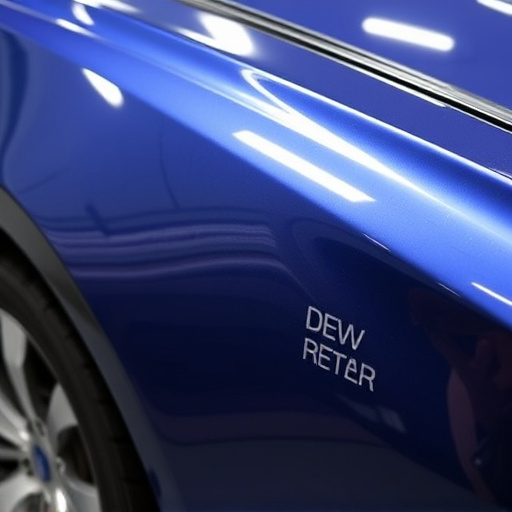
Automotive paints are intricate formulations designed to protect and enhance vehicle surfaces. Understanding the key components is crucial when it comes to selecting the right paint type for specific auto painting needs. The base coat, for instance, serves as a protective layer, blocking corrosion and providing a smooth surface for subsequent layers. This is particularly important in auto maintenance routines, as it ensures long-lasting results and prevents costly vehicle repair services down the line.
Pigments, another critical element, are responsible for the paint’s color and reflectivity. They interact with light, creating the desired aesthetic appeal. In addition to enhancing the vehicle’s visual appeal, pigments also play a role in UV protection, preventing the degradation of the paint job over time. This knowledge is beneficial when considering various automotive paint types, ensuring that the chosen option aligns with both style preferences and protective requirements for optimal auto painting outcomes.
Automotive paint types have evolved significantly over time, transitioning from traditional formulations to modern innovations that offer enhanced durability, aesthetics, and environmental friendliness. Understanding the key components and their functions in these paints is crucial for both industry professionals and enthusiasts. As technology continues to advance, the future of automotive paint promises even better performance, faster drying times, and reduced environmental impact, ensuring vehicles remain protected while contributing to a greener world.

